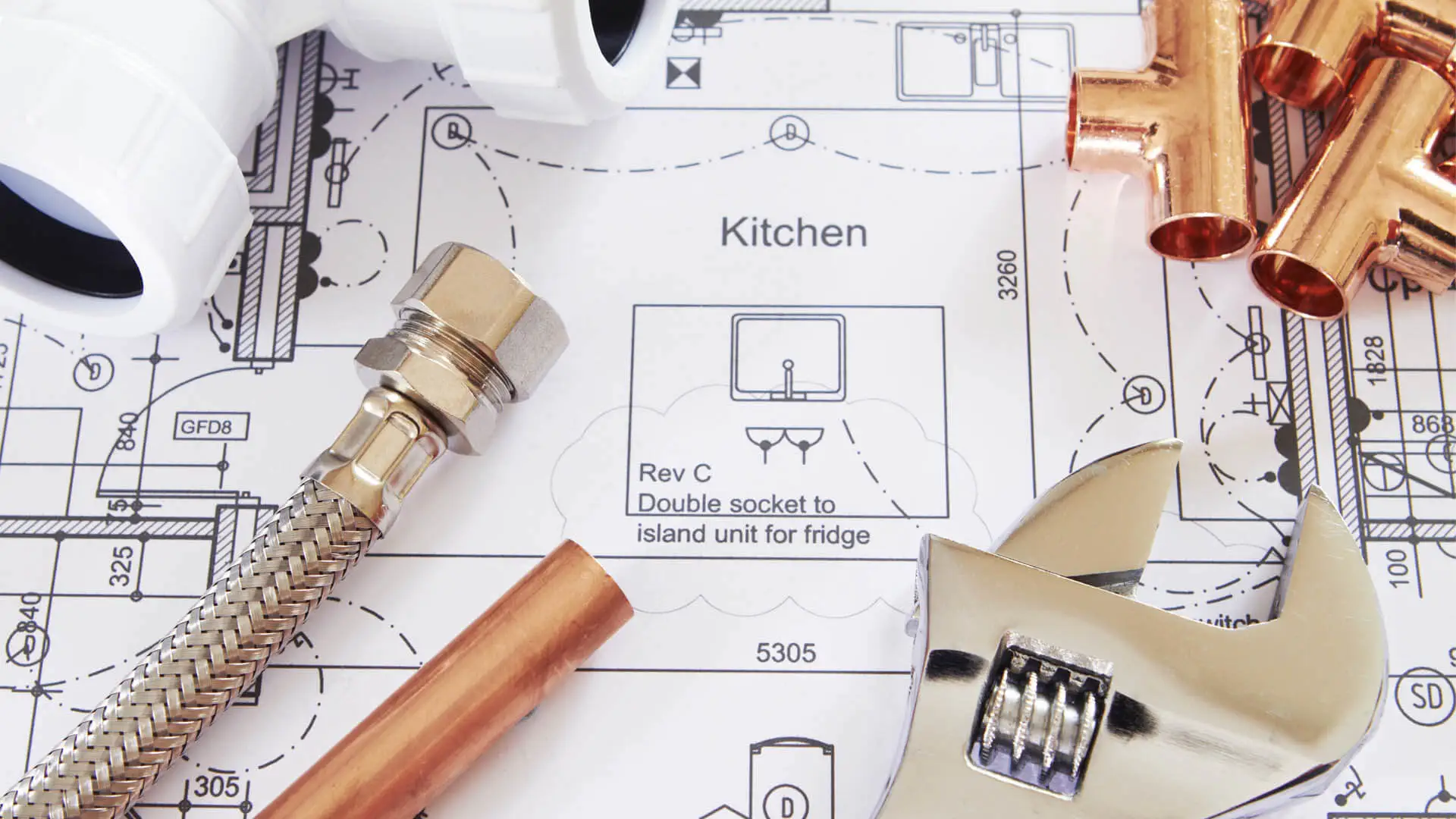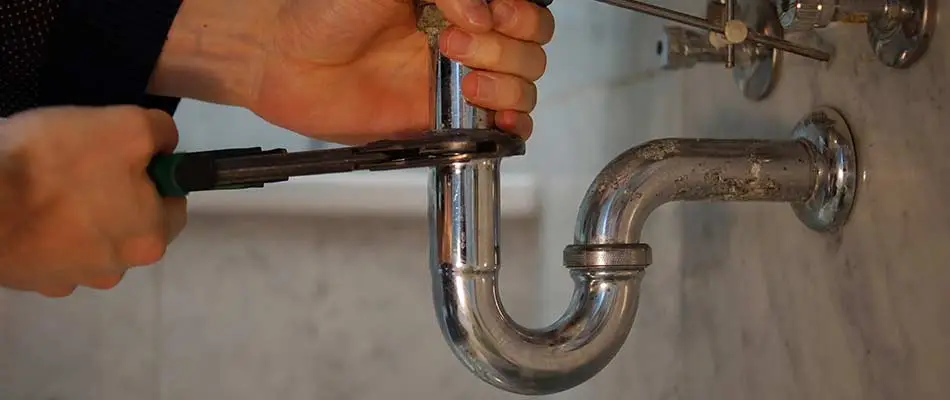Considering the importance of plumbing, it can be interesting to think about how homeowners often don't know the proper terms, uses, and warning signs associated with their plumbing. For example, they may not know that one of the most useful devices that can be found attached to most sinks, showers, toilets, and other major plumbing fixtures is the P-trap.
What is the P-trap and Why do You Need it?
The P-trap is a plumbing fixture made up of two 90° joints and a horizontal overflow pipe. When these pipes are put together, they create a "P" shape, which lends to the name P-trap. Most P-traps are designed from PVC pipes or steel. Exposed fixtures, such as under kitchen sinks or behind toilets, will feature steel, as it is more attractive and blends into the surroundings better.
Your plumbing fixture has a P-trap for a couple of crucial reasons:
- It is designed to trap debris drained from the sink and prevents clogging that can happen deep in your plumbing system.
- It prevents sewer gases from escaping the pipes and going into your home.
The P-trap's design of 90° angles helps keep noxious odors out of your pipes. These angles also allow water to flow into an overflow pipe, but not back into the sink. Within the P-trap, the barrier of water protects your home and plumbing from foul odors, while providing a way to prevent clogs from occurring.
Maintaining a clean P-trap.
Your P-trap needs to be periodically cleaned to ensure it is functioning properly. The primary tools for maintenance are a bucket and adjustable pliers.
Place the bucket underneath the trap, loosen the nuts at the ends of the P-trap, and remove the trap by sliding it down to release the contents into the bucket. The final step is to check for any blockage in the pipes and then clean them out.
The U-trap and the S-trap.
There are additional plumbing traps that were common in older home plumbing systems. These traps, while still effective, are not as effective at keeping out sewer gasses. Additionally, these traps tend to dry out and fail, causing the potential for hazards in homes.
If you have an S-trap or U-trap, replace them immediately with a P-trap. S-traps and U-traps are outdated and can present the potential hazard of introducing foul odors into your home.
Do you have an older home? Have our team check your plumbing for you. Consider swapping your old plumbing traps out for P-traps!
Is your P-trap working properly?
If you detect any foul odors near the P-trap that remind you of a smell similar to rotten eggs, then it means that there is hydrogen sulfide present. This, and other harmful gases, bacteria, and viruses, can get into the house if your plumbing trap has malfunctioned. If your P-trap has dried out or has an odor, contact Curtis Plumbing for assistance by calling (813) 672-4111!




Thanks for your comment!
Thanks for your feedback! Your comments have been successfully submitted! Please note, all comments require admin approval prior to display.
Error submitting comment!
There is a problem with your comment, please see below.